I plan to do a survey in Switzerland. NPA will be asked.
NPA (postal codes) contains 4 number.
- For instance 1227 is the NPA of Carouge (part of canton Geneva - Switzerland).
- For instance 1784 is the NPA of Courtepin (part of canton Fribourg -Switzerland).
- etc.
I would like to know how to represent all observation (about 1500) on a map. I was thinking using ggplot as I use it for other graphs (I think ggplot is "beautiful"). However, I'm open to any other suggestion.
Here are some fake data: http://pastebin.com/HsuQnLP3
The output for the swiss map should be a bit like that USA map (credit:http://www.openintro.org)

Update:
I've tried to create some code :
library(sp)
test <- url("https://dl.dropboxusercontent.com/u/6421260/CHE_adm3.RData")
print(load(test))
close(test)
gadm$NAME_3
gadm$TYPE_3
But it seems http://gadm.org/ doesn't provide the NPA of the communes...
New update:
I've find (thanks @yrochat) a shapefile with NPA: http://www.cadastre.ch/internet/cadastre/fr/home/products/plz/data.html
I'ts the ZIP file called : Shape LV03
Then I've tried
library("maptools")
swissmap <- readShapeLines("C:/Users/yourName/YourPath/PLZO_SHP_LV03/PLZO_PLZ.shp")
plot(swissmap)
data <- data.frame(swissmap)
data$PLZ #the row who gives the NPA
As I have the PLZ on a shapefile, how do i color my observation on the map? I provided some fake data on data http://pastebin.com/HsuQnLP3

Thanks

